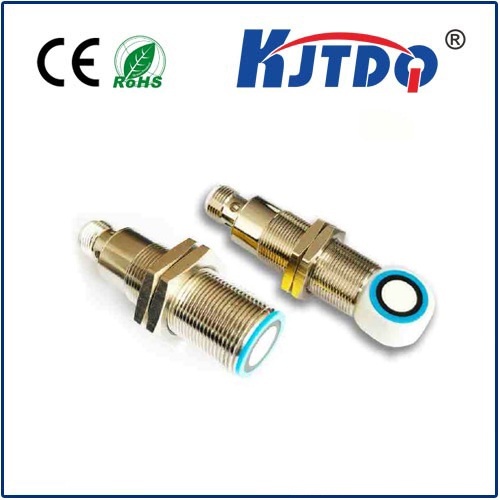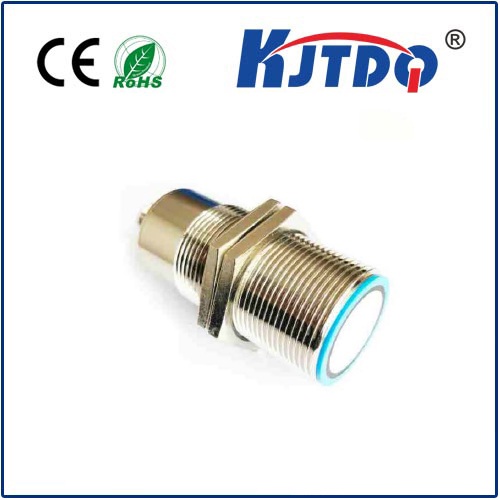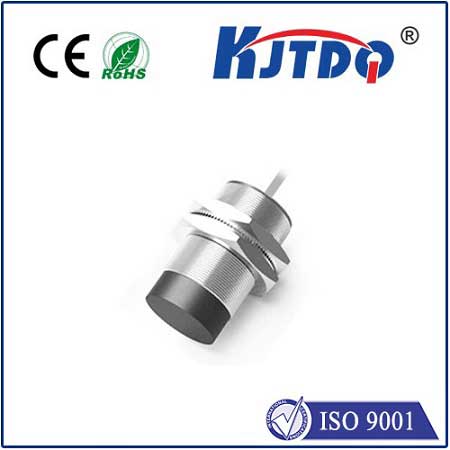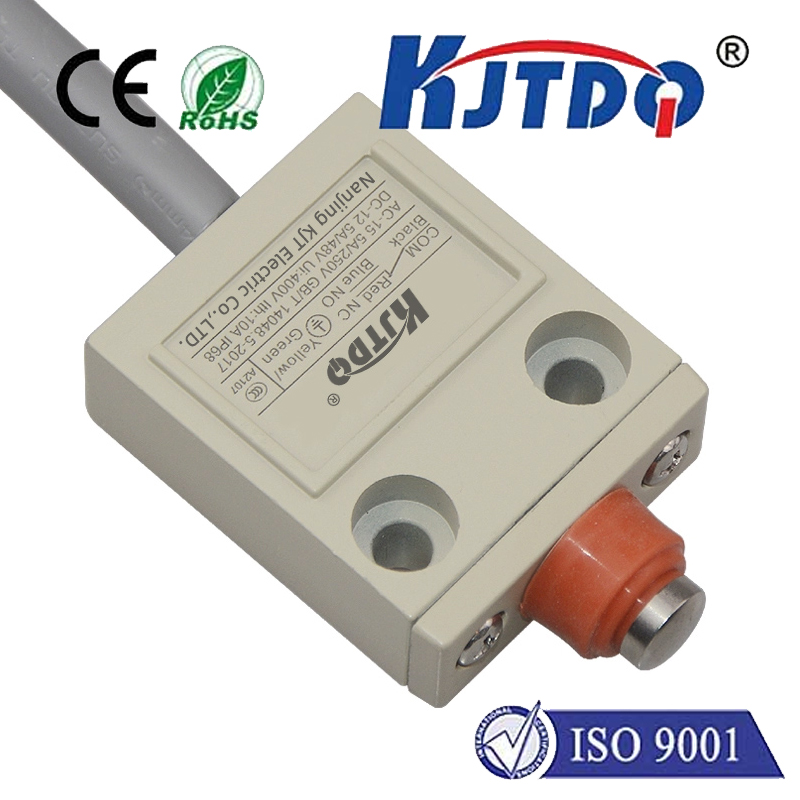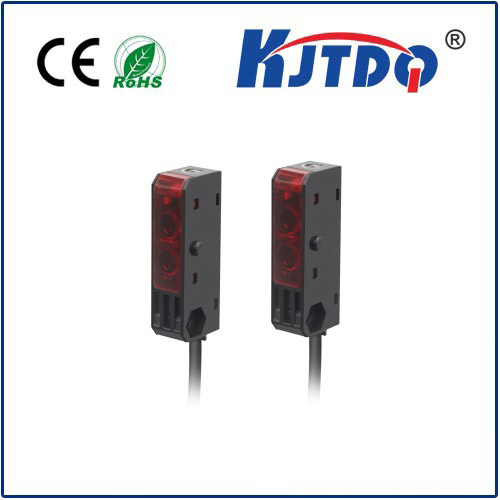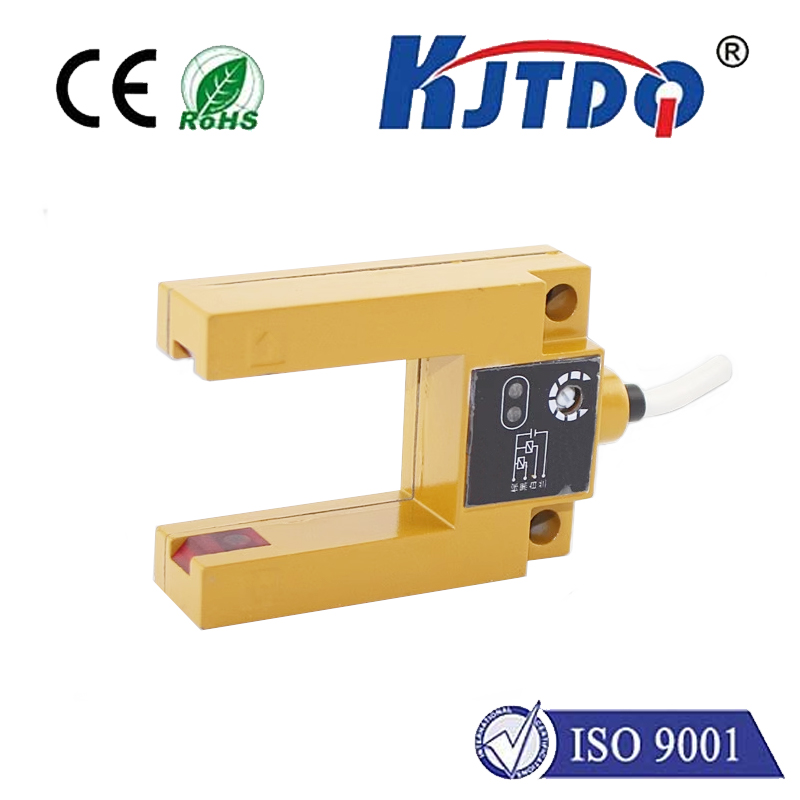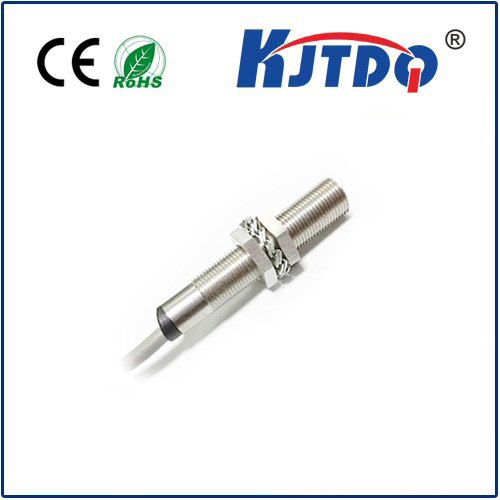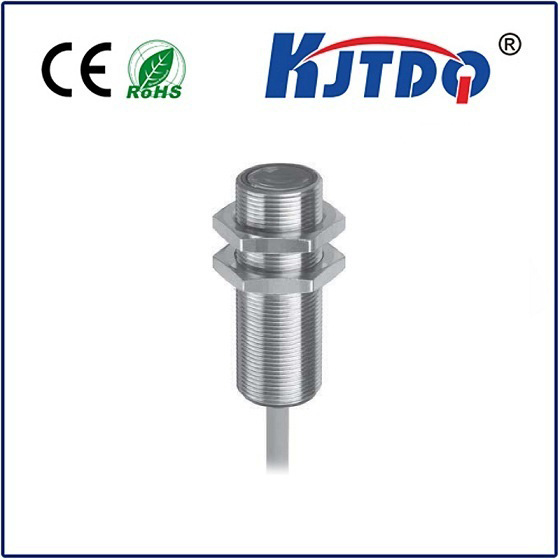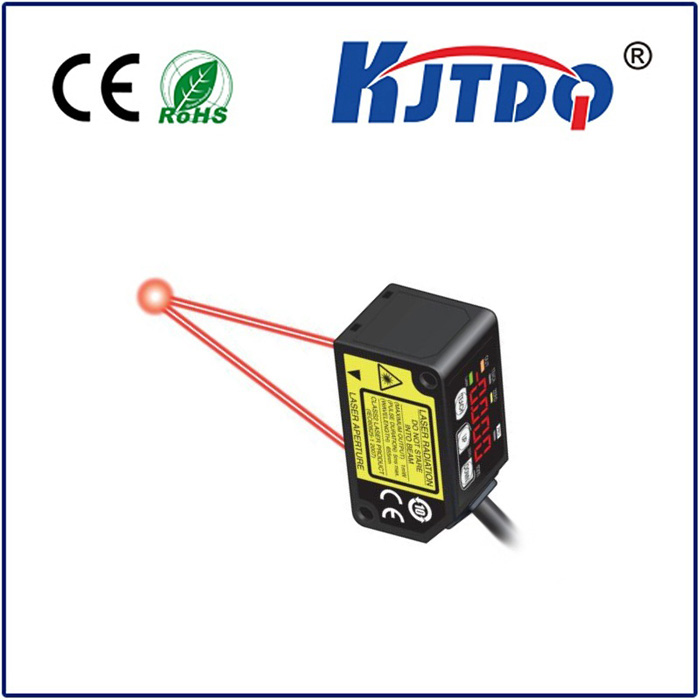

check

check

check

check

check

check

check

check

check

check
Imagine a high-speed robotic arm deftly picking components from a moving conveyor belt. It never collides, never fumbles, always perfectly timed. What invisible intelligence guides its movements, ensuring seamless and safe operation in this complex dance of automation? Often, the critical answer lies in reliable proximity sensors like the WT9-2N430, silently working behind the scenes as the essential “eyes” of modern machinery.
The WT9-2N430 is an inductive proximity sensor, a fundamental component extensively used in industrial control and automation landscapes. Its core function is elegantly simple yet vital: detecting the presence or absence of ferrous metal targets – like steel or iron – without any physical contact. This non-contact principle makes it exceptionally reliable, eliminating wear and tear associated with mechanical switches and enabling incredibly fast response times crucial for demanding industrial processes. While specific manufacturer details define its exact performance envelope, the WT9-2N430 designation typically signifies a robust sensor designed for challenging environments, offering dependable detection within a specific range (for example, 2mm or 4mm nominal sensing distance – SN).

How the WT9-2N430 Proximity Sensor Works: The Invisible Field The magic of the WT9-2N430 proximity sensor lies in its use of an electromagnetic field. Internally, an oscillator generates a high-frequency field emitted from the sensor’s face. When a conductive ferrous metal target enters this sensing zone, it disrupts the field, causing a measurable change in the oscillator’s operation. This change is detected by the sensor’s circuitry, which then triggers a solid-state switching output. This output signal (typically a PNP or NPN transistor) provides a clear “target present” or “target absent” status to a connected Programmable Logic Controller (PLC) or other control system, enabling real-time decision-making. This contactless sensing is pivotal in environments demanding high reliability, such as detecting pistons in cylinders, monitoring conveyor positions, or safeguarding moving parts.
Where Precision Matters: Key Application Areas The WT9-2N430 proximity sensor excels in numerous industrial sectors demanding robust and precise metal detection:
Unlocking Core Advantages: Why Choose the WT9-2N430? Integrating the WT9-2N430 proximity sensor into a system brings several compelling, high-impact benefits:
Key Specifications and Considerations For optimal performance, understanding the WT9-2N430 proximity sensor’s specifications is vital. Its operating voltage typically ranges from 10-30V DC, catering to standard industrial control voltages. As mentioned, the sensing range (‘Sn’) is a critical parameter, defining the maximum distance at which it can reliably detect a standard target – often 2mm or 4mm for common variants within this designation. Output configuration (PNP normally open/closed, NPN normally open/closed) must be matched to the control system’s input requirements. Sensing frequency denotes how quickly it can detect consecutive targets. Crucially, installing the sensor correctly ensures its face is unobstructed and positioned parallel to the target surface within the specified sensing distance for consistent detection.
Selecting the right proximity sensor, such as the dependable WT9-2N430, is a fundamental step in building robust, efficient, and safe automated systems. Its blend of non-contact sensing, resilience, speed, and reliability makes it an indispensable component across a vast spectrum of modern manufacturing and material handling operations.
